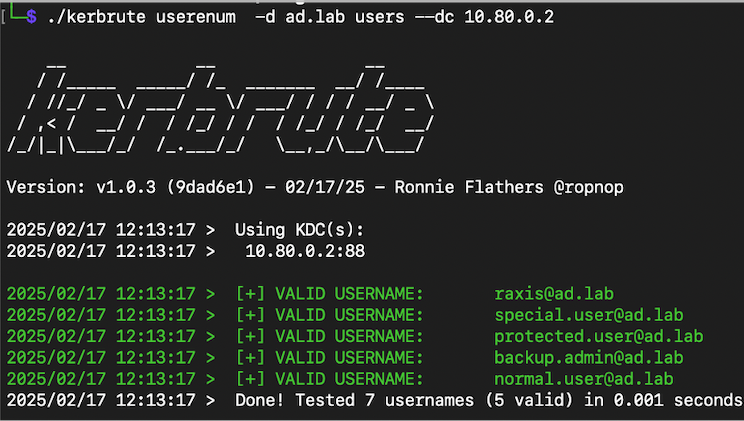Cross-Site Scripting (XSS): Filter Evasion and Sideloading
This is the second video in my three-part series about cross-site scripting (XSS), a type of injection attack that results from user-supplied data that is not properly sanitized or filtered from an application. In the previous video, I discussed the basics of how XSS works and offered some recommendations on how steps to protect against it.
In this video, we’ll take it a step further. I’ll show you some techniques hackers use to get past common remediation efforts. First is filter evasion, which uses different types of tags to insert malicious code when filters are in place to prevent scripts from running. The second is a technique I call sideloading content, importing third-party content in order to deliver a malicious payload.
Injection attacks are number three on the OWASP Top 10 list of frequently occurring vulnerabilities, and, indeed, they are a finding Raxis discovers quite frequently. (Over the past year, I have discovered five XSS CVEs.) So, in addition to explaining how these attacks work, I also explain how to stop them.
In my next video, we’ll take a look at some more advanced methods for cross-site scripting, again with some remediation tips included. So, if you haven’t done so already, please subscribe to our YouTube channel and watch for new content from the Raxis team.
Want to learn more? Take a look at the first part in our Cross-Site Scripting Series.






